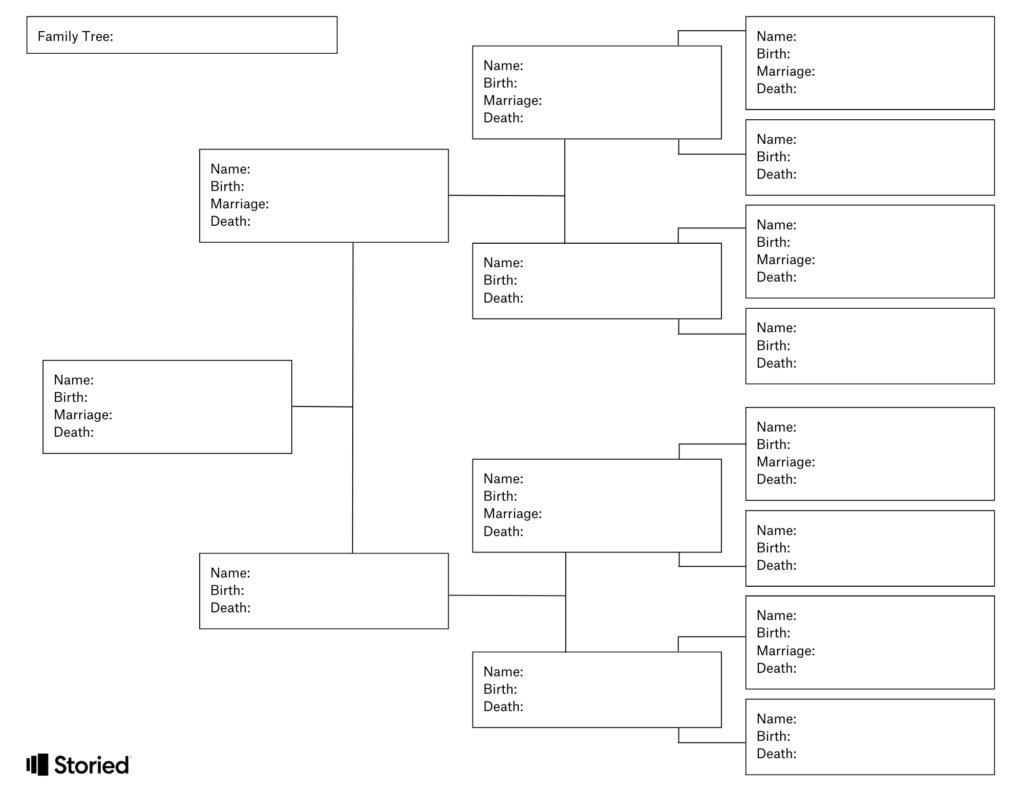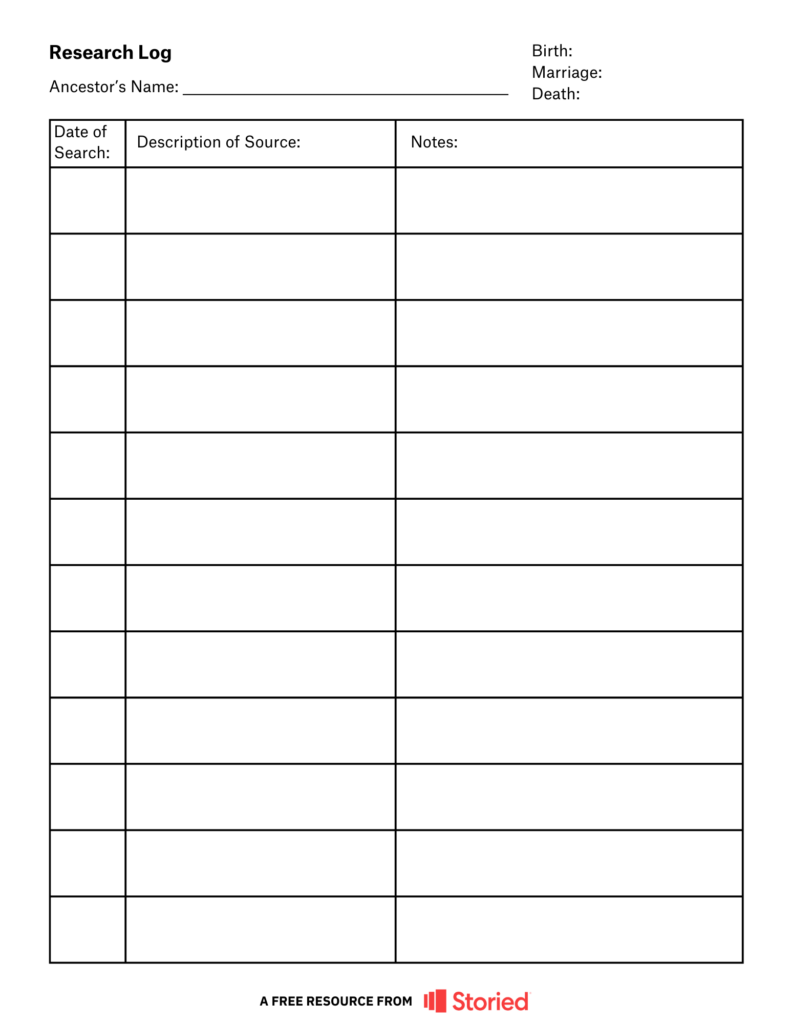Discovering Your Family History: A Beginner’s Guide to Genealogy
Are you curious about your family’s past? Do you wonder where your ancestors came from or what stories lie hidden in your family tree? Tracing your family history can be an exciting and rewarding journey, but it can also seem overwhelming if you’re just starting out. Don’t worry – we’ve got you covered! This beginner’s guide will walk you through 10 simple steps to begin discovering your family history and tracing your ancestry.
Why Explore Your Family History?
Exploring your family history is more than a hobby—it’s a journey of self-discovery. Whether you’re uncovering your roots, preserving family stories, solving mysteries, or connecting with living relatives, genealogy offers rich rewards. As you delve into the past, you’ll gain unique insights into historical events and a deeper understanding of your identity. Let’s explore why this journey is so compelling.
1. Uncover Your Roots:
Learning about your ancestors can give you a deeper sense of identity and connection to your heritage. By discovering where your family came from and the challenges they faced, you’ll gain insight into the forces that shaped your family over generations. This knowledge can help you understand yourself better and feel more grounded in your personal history.
2. Preserve Family Stories:
Genealogy helps you document and preserve important family stories for future generations. As you research, you’ll likely uncover tales of triumph, hardship, and everyday life that might otherwise be lost to time. By recording these stories, you’re creating a lasting legacy that your children, grandchildren, and beyond can treasure and learn from.
3. Solve Family Mysteries:
Through your research, you might uncover intriguing secrets or solve long-standing family mysteries. Perhaps there’s a relative who disappeared from family records, or a family legend that’s never been verified. Genealogy provides tools and resources to investigate these puzzles, potentially revealing surprising truths about your family’s past.
4. Connect with Living Relatives:
Your family history research might lead you to discover and connect with living relatives you never knew existed. As you build your family tree, you may find distant cousins or even closer relatives who have been separated by time or distance. These connections can expand your family circle and provide new perspectives on your shared history.
5. Understand Historical Context:
Tracing your family history can give you a personal connection to historical events and time periods. When you learn about the lives of your ancestors, major historical events like wars, migrations, or economic changes become more than just dates in a textbook. You’ll gain a deeper appreciation for how these events impacted real people – your own family members.
10 Simple Steps to Begin Your Family History Journey
Step 1: Start with What You Know
The first step in tracing your family history is to start with the information you already have. Begin with yourself and work backwards through the generations. Write down everything you know about your immediate family. That includes parents, siblings, and grandparents.
Capture as much of this information as possible:
– Full names (including middle names and maiden names for women)
– Birth dates and places
– Marriage dates and places
– Death dates and places (if applicable)
– Occupations
– Places they lived
Step 2: Create a Simple Family Tree
Using the information you’ve gathered to create a simple family tree. You can do this on paper, with a family tree template, or use Storied to create a digital version. A visual representation helps you see connections and identify gaps in your knowledge.
If you write out your family details on paper, it helps to have a template. In this example, there are 4 generations listed. The person on the left is the starting point. The next two are his parents, the next four are his grandparents, and the final column of eight are his great grandparents.
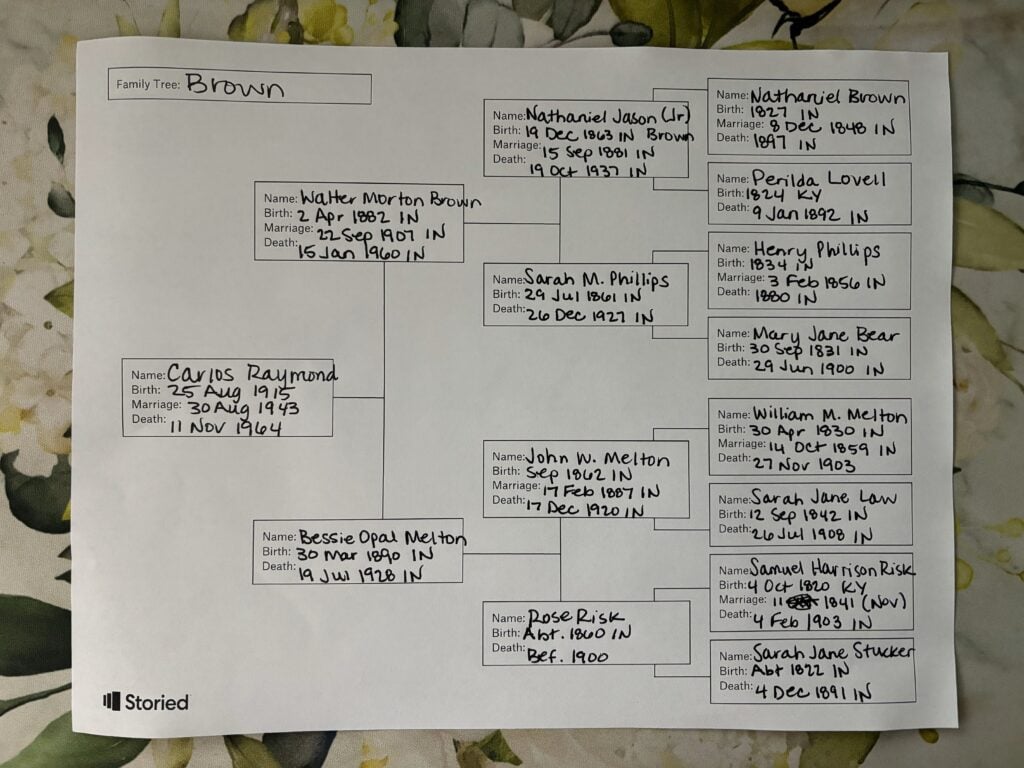
Want to learn how to start your family tree on Storied? Watch this short video to learn the basics steps of adding your first family tree on the digital platform.
Step 3: Interview Family Members
One of the best sources of information when you’re just starting out is your own family. Reach out to older relatives like grandparents, aunts, and uncles who may have valuable information about your family’s history. Interview these family members to gather stories, names, and dates you might not know. Ask open-ended questions to encourage detailed responses. Don’t forget to ask for any family documents, photographs, or heirlooms that can provide more clues.
Prepare Questions in Advance
Before you interview family members, prepare a list of questions to guide your conversation. Here are some to get you started:
- What are the full names of our grandparents and great-grandparents, including middle names and maiden names?
- Do you know the birth dates and birthplaces of our older relatives?
- Can you tell me about any family heirlooms or photographs we have, and the stories behind them?
- Are there any family traditions or recipes that have been passed down through generations?
- Do you know of any immigration stories in our family? When and why did our ancestors come to this country?
- Are there any interesting occupations or talents that run in our family?
- Can you share any memorable stories about our ancestors or their lives?
- Do you know of any military service in our family history?
- Are there any family members who have done genealogy research before? Do we have any existing family trees or documents?
- Can you tell me about any major life events (marriages, moves, career changes) that shaped our family’s history?
Record and Document Your Interviews
When interviewing relatives, it’s helpful to ask for permission to record the conversation, either as audio or video, to ensure you capture their stories accurately. Recording allows you to preserve their words and emotions, making the memories more vivid and valuable for future reference. While the conversation is taking place, be sure to take notes, especially noting any new names, dates, or locations mentioned. These details can be essential for further research. A recording also serves as a cherished keepsake that you can revisit and share with others in your family.
Step 4: Organize Your Information
Choose a System that Works for You
As you gather information, it’s crucial to keep it organized. Choose a system that works for you:
- A physical filing system with folders for each family line
- Digital folders on your computer
- A spreadsheet to track names, dates, and places
- A dedicated genealogy software program or site, like Storied
Use a Research Log
Keep a research log to track your progress. Note down where you found each piece of information and any sources you plan to check. This will save you time and prevent duplication of effort.
Step 5: Vital Records
Vital records are official documents that record key life events of individuals. These typically include birth certificates, marriage licenses, and death certificates. For family historians, vital records are essential primary sources that provide accurate, firsthand information about ancestors. They often contain crucial details such as dates, locations, names of parents, and sometimes occupations or causes of death. Vital records are usually created and maintained by government agencies, making them reliable sources for constructing family trees and verifying family lore.
The dates when vital records were required varies by record type and state. For example, if you are looking for an official birth certificate for an ancestor born in 1881 in Indiana, you won’t find one. Indiana didn’t require birth certificates until 1907, and even then, the general compliance of that requirement wasn’t strictly enforced for more than a decade. Marriage licenses and death certificates for Indiana had different dates, too.
If you are looking for vital records prior to when a state required them, you can sometimes find them at the county level or in church records.
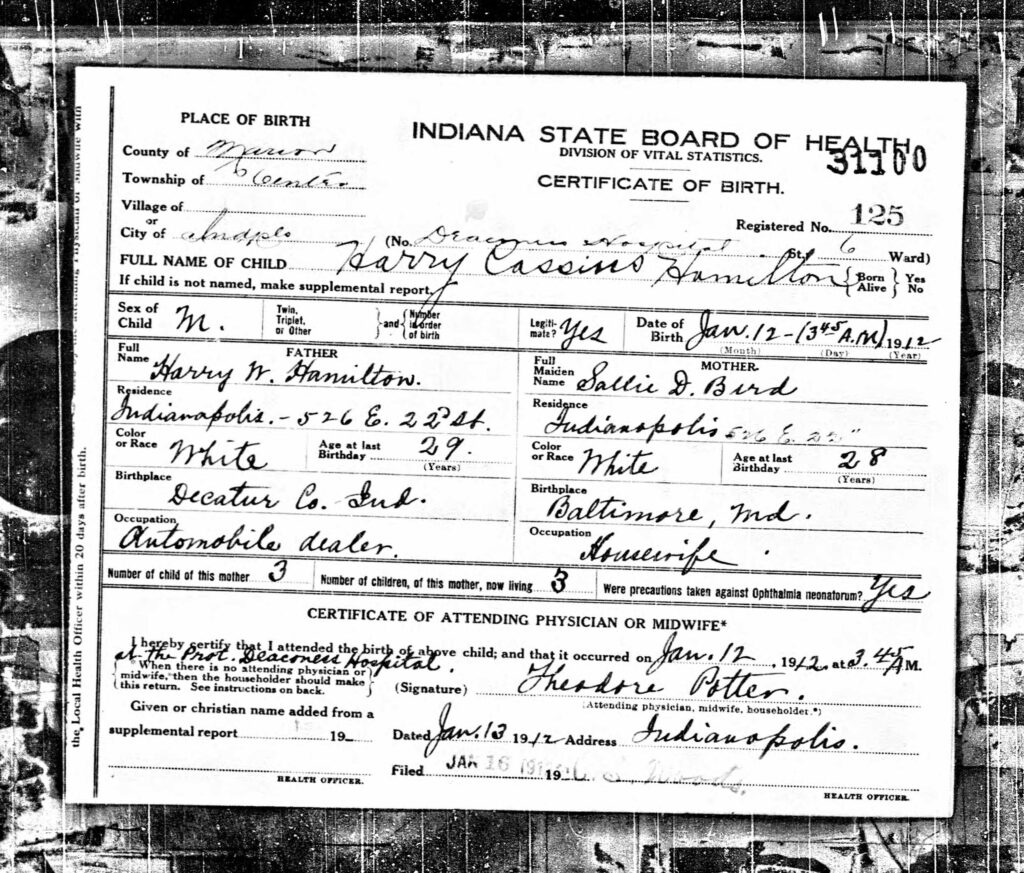
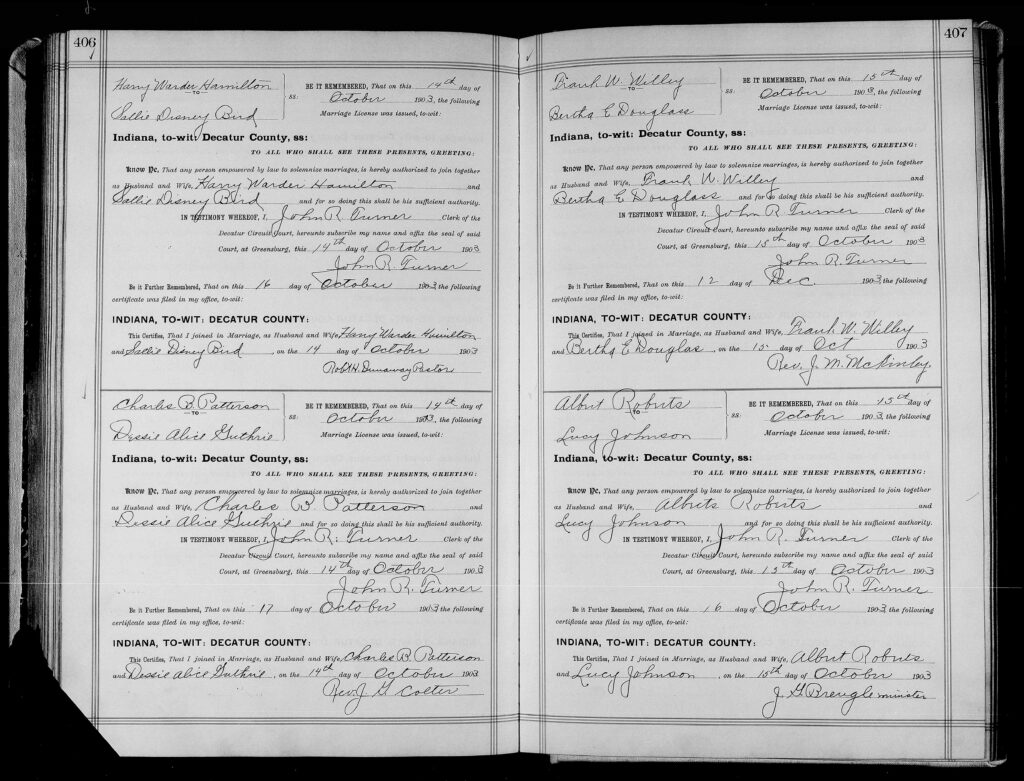
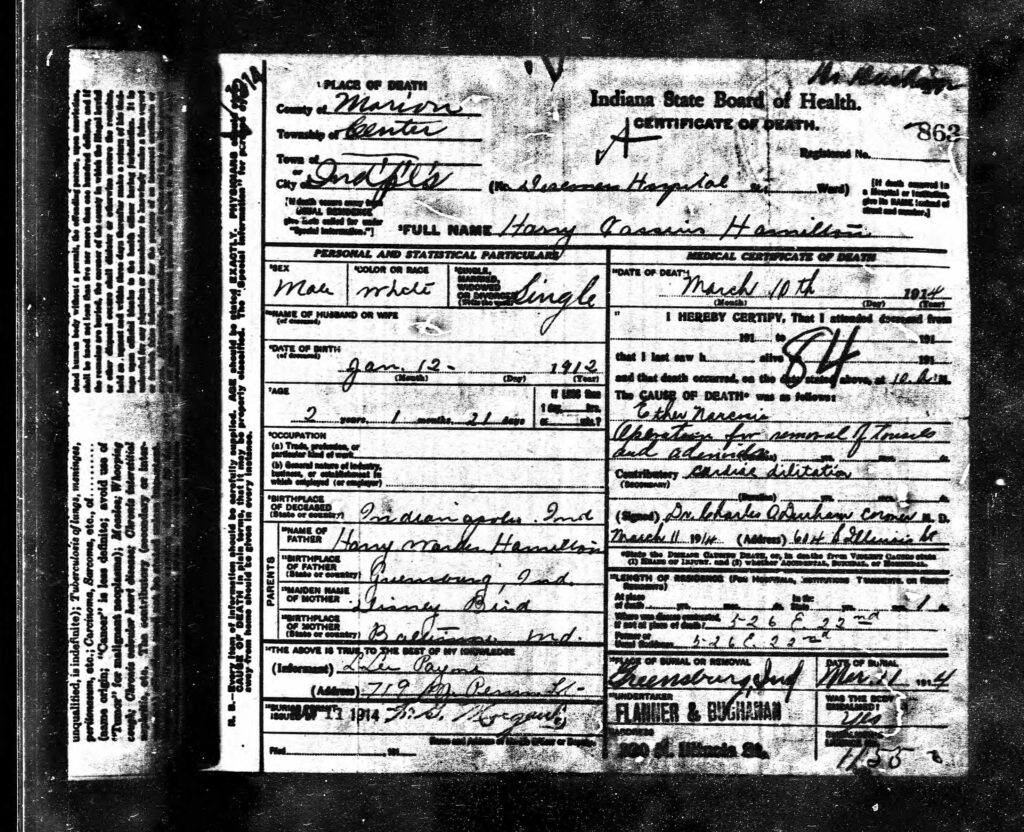
Step 6: Census Records
In the United States, a national census has been taken every 10 years since 1790. This means there’s a wealth of information available for family historians! The most recent census available to the public is from 1950, as census records are kept private for 72 years to protect privacy. Each US census asked different questions, but most include names, ages, relationships, birthplaces, and occupations. Some later censuses even asked about immigration years or naturalization status. When you’re starting out, try looking for your grandparents or great-grandparents in these records. You might be surprised at what you find – perhaps an unknown aunt or uncle, or details about where your family lived and worked. Remember, the information is only as accurate as what was reported, so always try to verify important details with other sources.
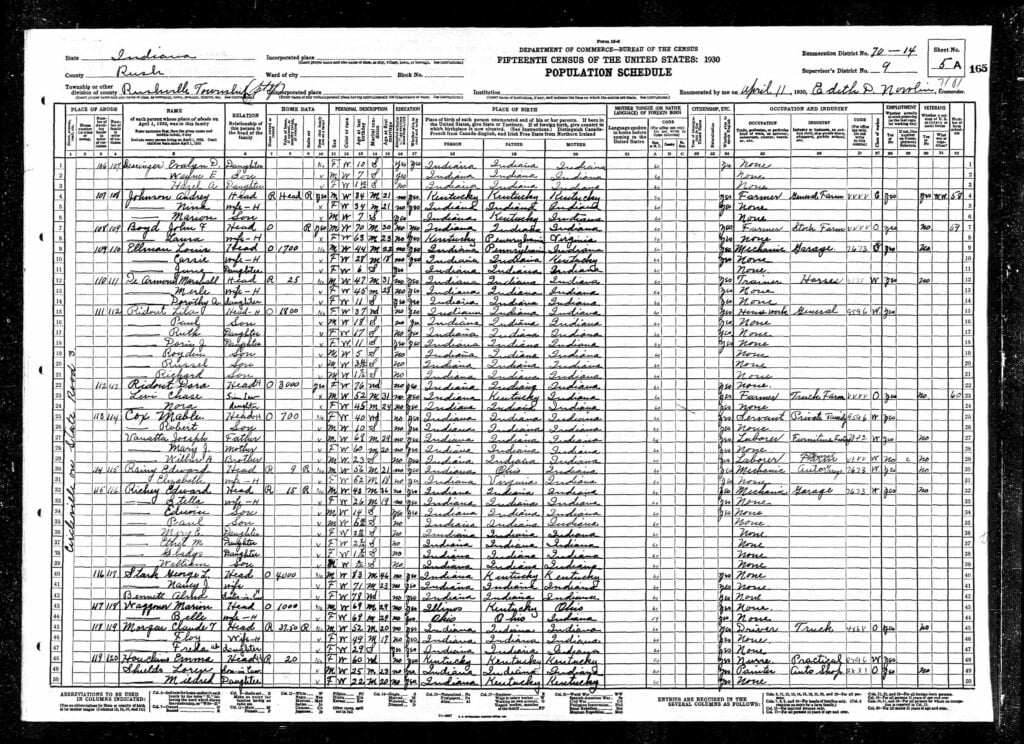
Step 7: Military Records
Military records include documents such as draft registrations, enlistment papers, service records, and pension files that provide information about an ancestor’s military service. These records are important to family history because they offer insights into an ancestor’s experiences during wartime, including where they served, their rank, and any battles they participated in. Additionally, military records can reveal personal details like age, physical description, and family members, helping you build a more complete picture of your ancestor’s life and their contributions to history.
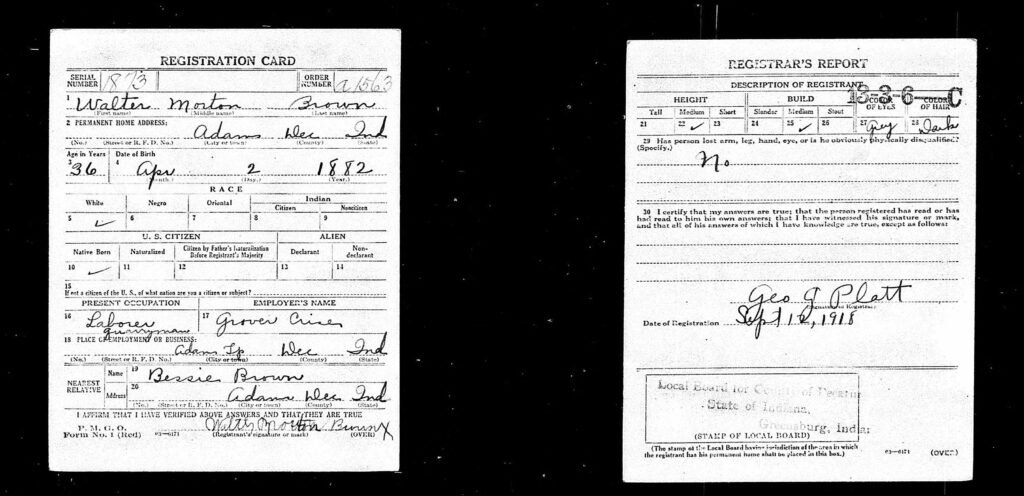
Step 8: Immigration & Naturalization Records
Immigration records are crucial for tracing your family’s journey to a new country. These records come in various forms, including passenger lists, naturalization papers, and border crossing documents. Passenger lists can show when and how your ancestors arrived, often including details like their age, occupation, and place of origin. Naturalization records, created when an immigrant became a citizen, might reveal birth dates, arrival information, and even the names of family members. Border crossing records can be helpful for families that moved between countries frequently. These documents are important because they can help you pinpoint when your family arrived in a new country, where they came from, and sometimes even why they left their homeland. Immigration records can be the key to unlocking your family’s story before they settled in their new home, connecting you to your ancestral roots across the globe.
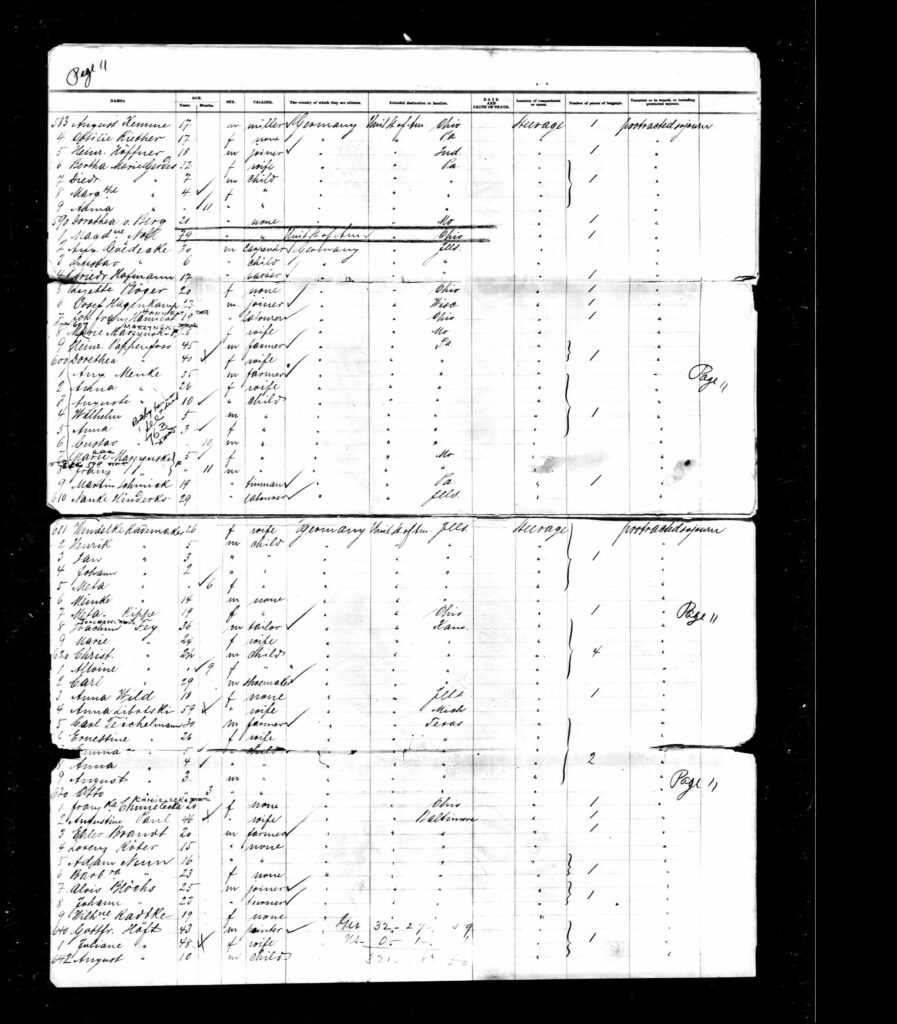
Step 9: Local Records and Resources
Local records and resources are often overlooked gems in family history research. These can include town or county histories, church records, local newspapers, school yearbooks, and cemetery records. Town halls might have land deeds or tax records, while local libraries often keep obituaries and community histories. Church records can reveal baptisms, marriages, and burials. Old newspapers are great for finding birth announcements, wedding details, or obituaries. These local resources are important because they provide a close-up view of your ancestors’ daily lives and communities. They can fill in gaps left by national records, offering personal stories and local context. For example, a county history book might mention your great-grandfather’s business, or a church record could reveal a great-aunt you never knew about. Don’t forget to check historical societies and small local museums too – they often have unique records and artifacts that can bring your family’s past to life.
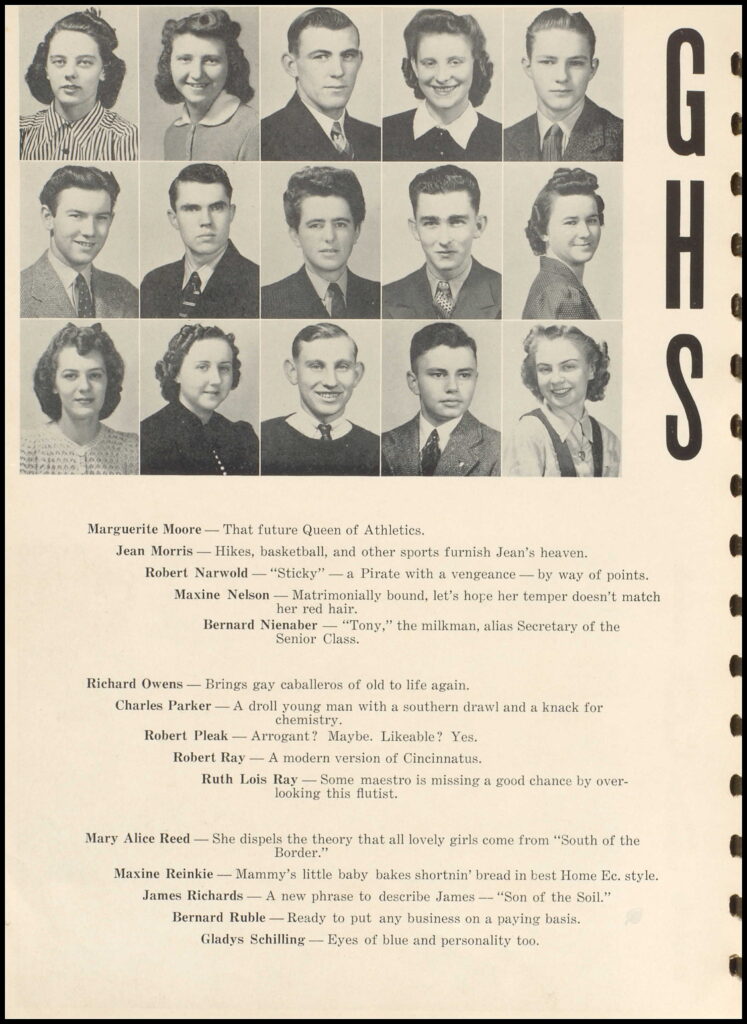
Step 10: Connect with the Genealogy Community
Join Online Forums and Social Media Groups
The genealogy community is vast and supportive. Joining forums and social media groups can connect you with others researching similar lines or geographic areas. These communities can offer advice, share resources, and provide encouragement.
Attend Genealogy Events
Look for local or national genealogy conferences, workshops, and seminars. These events provide opportunities to learn from experts, access resources, and network with fellow researchers.
Join a Genealogical Society
Genealogical societies can provide valuable resources and support for your research, including:
- Access to local records and databases
- Educational workshops and seminars
- Networking with other researchers
- Volunteer opportunities to enhance your skills
Look for societies at different levels:
- Local societies in the areas where your ancestors lived
- State-level societies
- National societies like the National Genealogical Society (NGS)
Bonus Tips for Success
1. Cite Your Sources: Always document where you found each piece of information. This will help you verify facts later and share your research with others.
2. Be Patient: Genealogy research takes time. Don’t expect to uncover your entire family history overnight.
3. Be Open to Surprises: You may discover unexpected information about your family. Approach your research with an open mind.
4. Use DNA Testing: Consider taking a DNA test to complement your traditional research. It can help confirm family relationships and potentially connect you with living relatives.
5. Attend Genealogy Conferences: These events can provide valuable learning opportunities and help you connect with other researchers.
6. Stay Organized: As your research grows, maintaining organization becomes crucial. Regularly review and update your filing system.
7. Take Breaks: If you hit a research brick wall, take a break and come back with fresh eyes later.
8. Share Your Findings: Consider creating a family history book to share your discoveries with relatives.
Conclusion
Embarking on your family history research can be an exciting and rewarding experience. By following these 10 simple steps, you’ll be well on your way to discovering your ancestors and the stories that make up your unique family history. For more resources and tips on family history research, explore the Storied Resource Center. We’re here to support you every step of the way.
Remember, genealogy is a journey, not a destination. Enjoy the process of discovery.
We're here to help!
Email our team at [email protected] with your questions or call us at (800) 848-0224.
